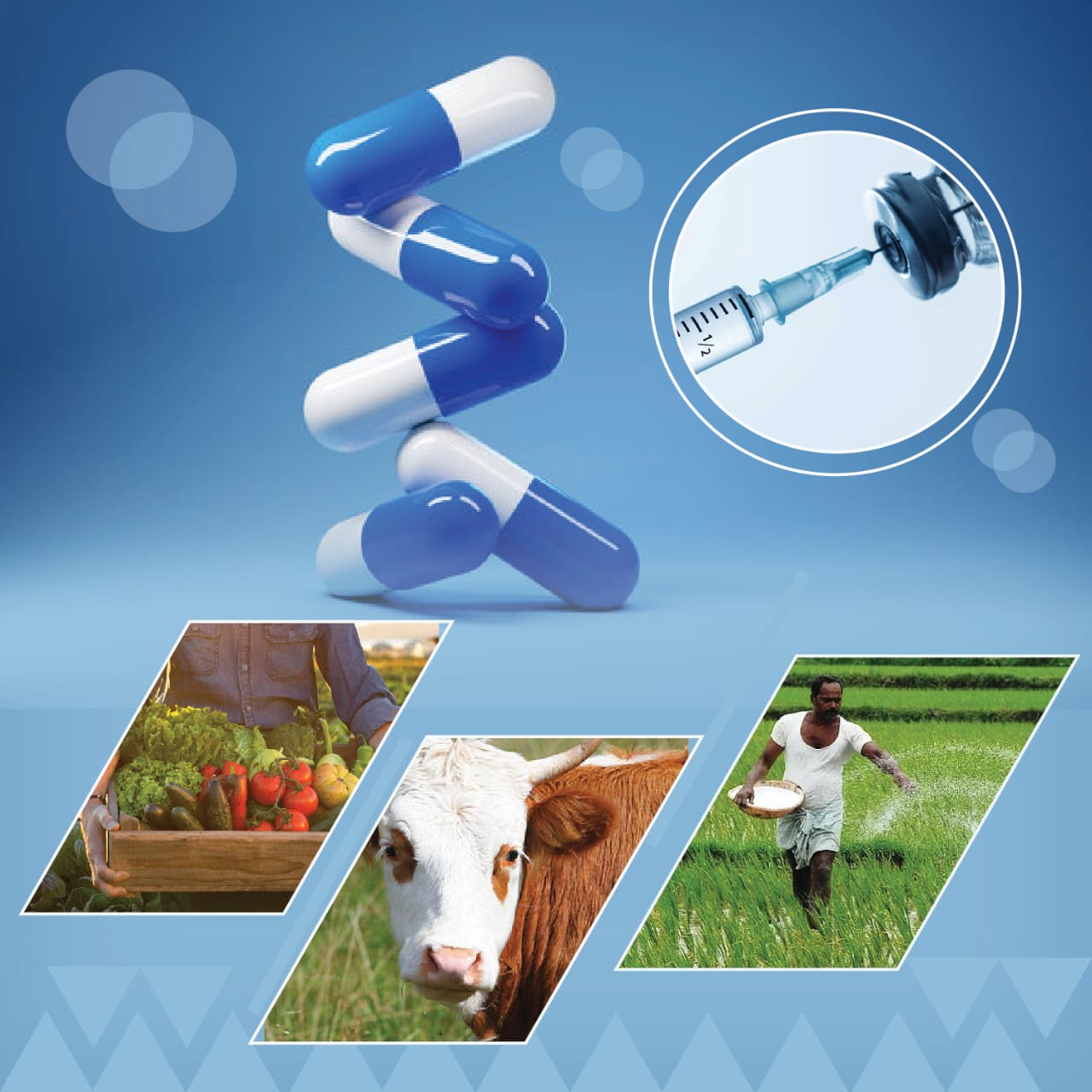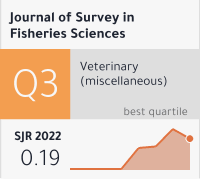Effect of Dietary Organic Selenium Supplementation On Mass And Enzyme Activities Of Rumen Microbes Of Goat
DOI:
https://doi.org/10.53555/sfs.v11i4.3014Abstract
Eighteen cross-bred goats, 3–4 months old, weighing up to 10.5 kg and appearing to be in good condition, were randomly divided into three groups: LC, HC, and HC+Sey, with six goats in each group. The LC group received only a basal diet, while the HC group was provided a high concentrate diet enriched with organic selenium (Se) at 0.3 mg per kg in food, mixed into the morning feeding concentrate. All animals were given guar hay as the basal diet, and 150 g of concentrate was fed twice daily at 0800 and 1700 hours. Statistical analysis was conducted using one-way ANOVA, with significance set at P < 0.05. Results indicated that goats in the HC and HC-SeY groups had significantly higher (P < 0.05) molar concentrations of short-chain fatty acids (SCFA), such as acetic acid, propionate, and butyrate, in their rumen fluid compared to those in the LC group. The pH of the rumen fluid also significantly dropped in the HC and HC-SeY groups (P < 0.05), although no significant differences were observed between the two. Goats on the HC and HC-SeY diets also had a substantially higher protozoan and bacterial count (P < 0.05) compared to the LC group, with no significant differences between HC and HC-SeY groups. Enzyme activity in the rumen fluid was significantly higher (P < 0.05) in the HC and HC-SeY groups compared to LC, suggesting that high concentrate and selenium yeast diets promote a more robust microbial community in goats than a low concentrate diet alone.









